Introduction
The Functional Assessment of Cancer Therapy-prostate (FACT-P) is a critical instrument used to assess the health-related quality of life (HRQOL) of patients suffering from prostate cancer. It provides invaluable insights into the physical, emotional, and social impact of prostate cancer and its treatments. Moreover, this comprehensive questionnaire evaluates treatment-related complications, including side effects and daily functioning, making it an essential tool for clinicians and researchers alike.
In this article, we will explore the key features, applications, scoring methods, and clinical utility of the FACT-P questionnaire. Additionally, we will highlight the questionnaire’s limitations and provide guidance on how to incorporate it into clinical practice.
Key Features
Purpose and Use
The FACT-P was developed to measure the health-related quality of life (HRQOL) in patients diagnosed with prostate cancer. It extends the general FACT-G scale, which assesses cancer patients’ overall quality of life, by adding specific items related to prostate cancer therapy. Consequently, it becomes a valuable tool for clinicians aiming to monitor treatment-related symptoms, side effects, and the impact on daily functioning.
Target Population
The FACT-P targets adult patients aged 18 years and older. Specifically, it is suitable for various age groups, including:
- Young Adults (18–24 years)
- Middle-Aged Adults (25–44 years)
- Older Adults (45–64 years)
- Seniors (65+ years)
Domains and Sub-domains
The FACT-P consists of two main sections:
- FACT-G: A general section that covers four domains:
- Physical Well-Being (PWB)
- Social/Family Well-Being (SWB)
- Emotional Well-Being (EWB)
- Functional Well-Being (FWB)
- Prostate Cancer Specific Section: Focuses on issues unique to prostate cancer patients, such as urinary symptoms, sexual health, and the side effects of treatment.
Scoring Method
The scoring system for the FACT-P uses a 5-point Likert scale (from 0 to 4). Scores are calculated across different domains and subscales:
- Physical Well-Being: 7 items, total score range 0-28
- Social/Family Well-Being: 7 items, total score range 0-28
- Emotional Well-Being: 6 items, total score range 0-24
- Functional Well-Being: 7 items, total score range 0-28
- Prostate Cancer Specific Scale: 12 items, total score range 0-48
The total score is calculated by summing the scores across all domains, providing a range of 0 to 156.
Administration Format
The questionnaire can be administered in all formats, including paper-based, electronic, or interview-administered forms. Therefore, it ensures flexibility in various clinical and research settings. On average, it takes approximately 10–15 minutes to complete, making it practical for routine use.
Applications of the Functional Assessment of Cancer Therapy-Prostate
The FACT-P questionnaire is a versatile tool used for various purposes in clinical settings:
- Screening: Identifies potential quality of life issues in prostate cancer patients.
- Monitoring: Tracks changes in well-being over time, especially in response to treatments.
Treatment - Planning: Helps clinicians understand the impact of treatment on a patient’s daily functioning and quality of life.
- Research: Frequently used in studies to assess treatment efficacy and patient outcomes.
Importantly, no special training is required to administer or interpret the FACT-P questionnaire. While patients can self-administer it, clinicians may provide assistance if necessary.
Languages Available
FACT-P is available in over 60 languages, making it accessible to diverse populations worldwide. For example, translations include:
- Arabic
- English
- Mandarin Chinese
- Spanish
- French
- Russian
- German
- Portuguese
- Japanese
- Hindi
Reliability and Validity
FACT-P has been highly validated in clinical research. Specifically, it demonstrates strong internal consistency, with Cronbach’s alpha values ranging from 0.70 to 0.90. As a result, it is regarded as a reliable and valid tool for assessing HRQOL in prostate cancer patients.
Limitations and Considerations
Despite its usefulness, the FACT-P has some limitations:
- Cultural Bias: The questionnaire may not be universally applicable in all cultural contexts.
- Length: With 39 items, the FACT-P may be too lengthy for some patients, particularly those with cognitive impairments.
Self-report - Measure: Being based on self-report, the responses can be influenced by the patient’s ability to accurately assess their symptoms and treatment effects.
- Social Desirability Bias: Patients may tend to underreport certain symptoms or experiences due to the social desirability effect.
Nevertheless, these limitations do not significantly undermine its clinical utility.
Other Versions
- TOI: A derivative of the official FACT-P scale, calculated from three main domains—physical well-being, functional well-being, and prostate cancer-specific items. It is used to provide a rapid estimate of the clinical effect of treatment.
- NFPSI‑17: A shortened version that focuses on key symptoms, designed to reduce the administrative burden while maintaining reliability.
Additional Resources
For more information on the FACT-P and to access the full questionnaire, visit the following resources:
- A direct link to the Original Validation Study
- You can access the questionnaire as a PDF through this link
Note: The questionnaire is free for non-commercial use, but is paid for commercial use.
Frequently Asked Questions (FAQ)
- Is the FACT-P available in multiple languages?
Yes, the FACT-P is available in over 60 languages, including Arabic, English, Mandarin Chinese, and Spanish. - How long does it take to complete the FACT-P?
Patients typically take 10 to 15 minutes to complete it, which makes it feasible for use in clinical and research settings.
A word from ResRef
The FACT-P questionnaire is an essential tool for understanding the quality of life in prostate cancer patients. With its robust design, reliable scoring methods, and international availability, it supports clinicians in providing better care and enables researchers to collect meaningful outcome data. Therefore, the ResRef team encourages healthcare professionals and researchers to explore the full potential of this instrument and its related resources.
References
- Esper P, Mo F, Chodak G, Sinner M, Cella D, Pienta KJ. Measuring quality of life in men with prostate cancer using the functional assessment of cancer therapy-prostate instrument. Urology. 1997 Dec;50(6):920-8. doi: 10.1016/S0090-4295(97)00459-7. PMID: 9426724. Link


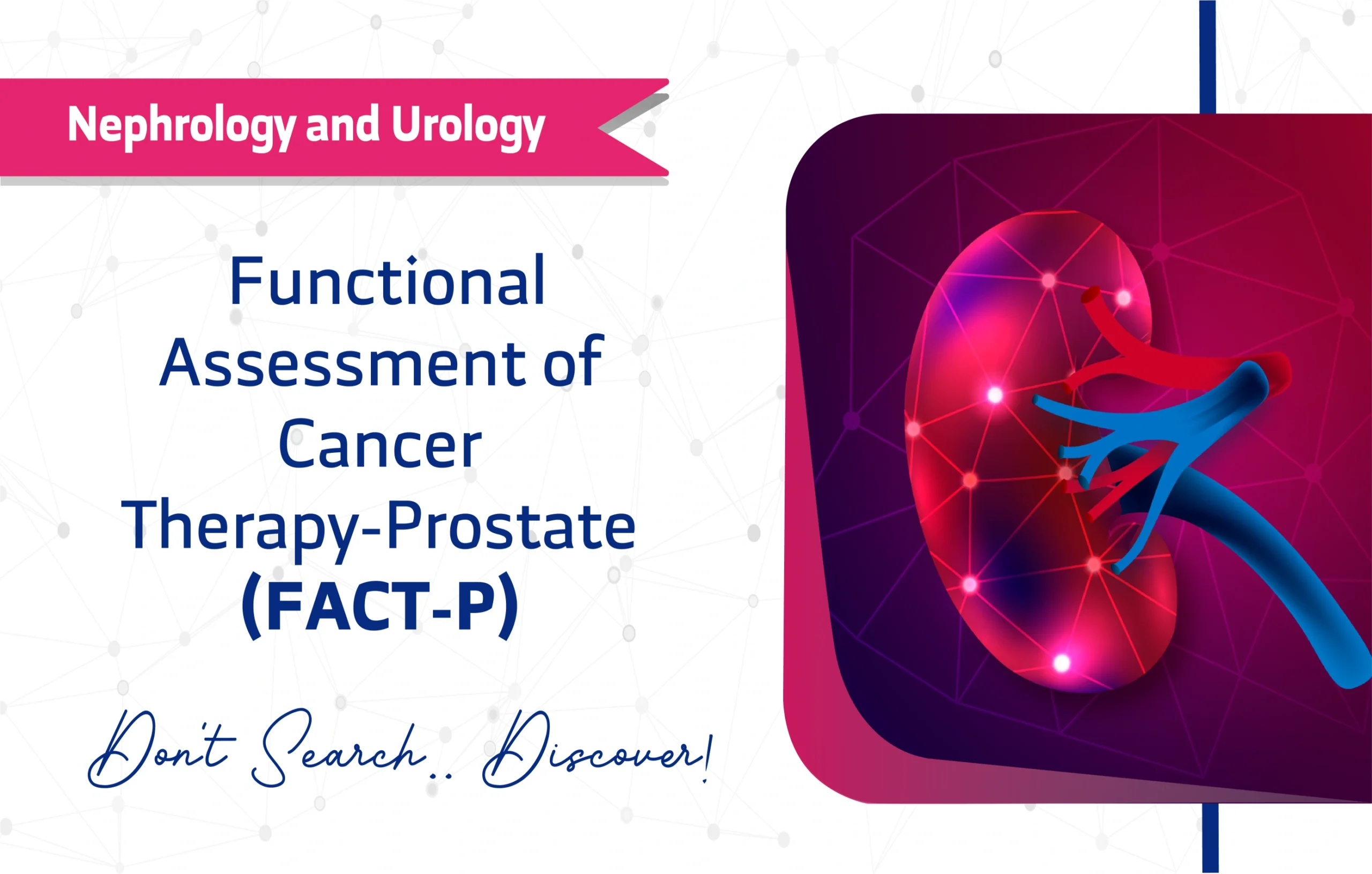

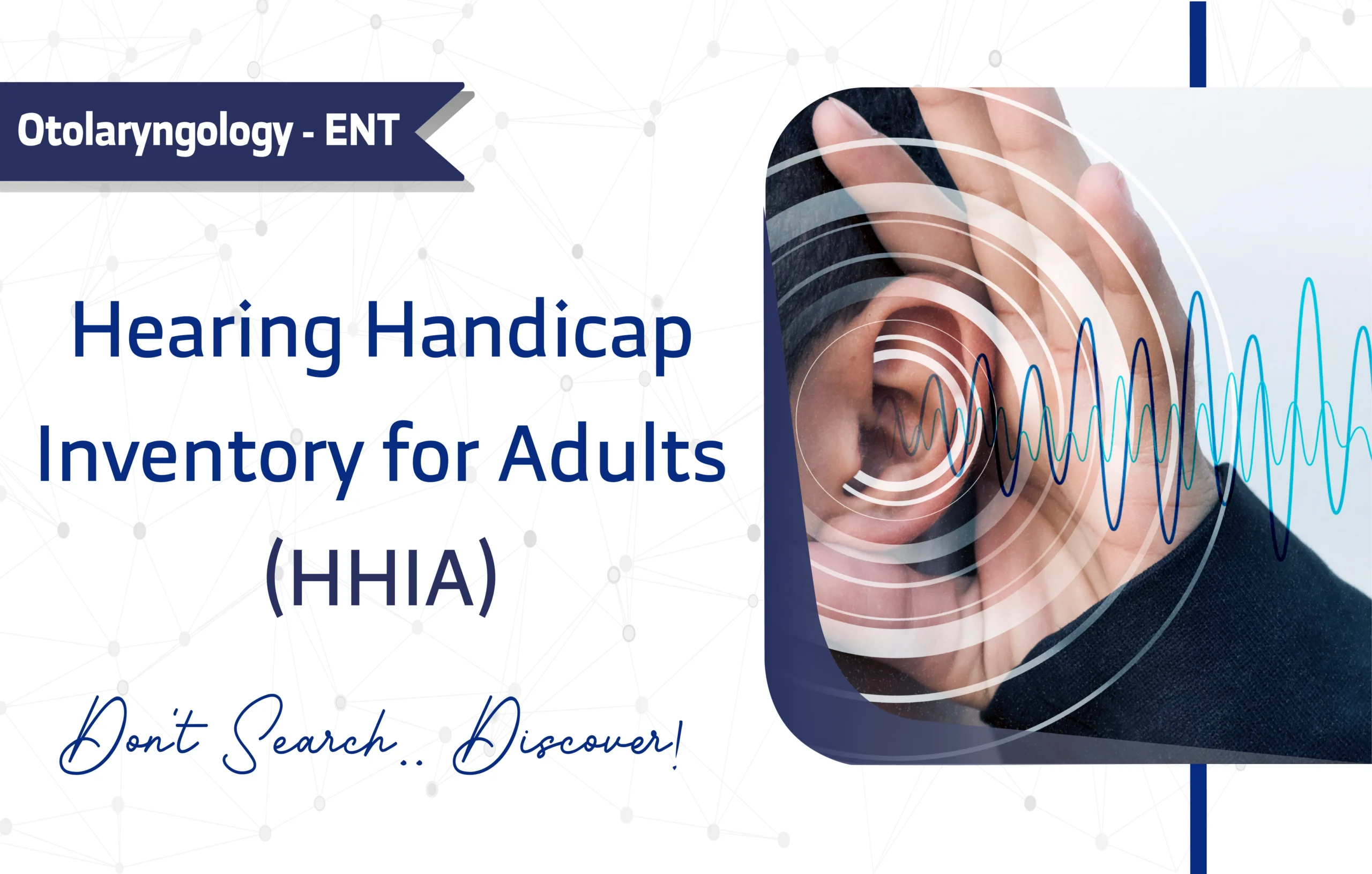

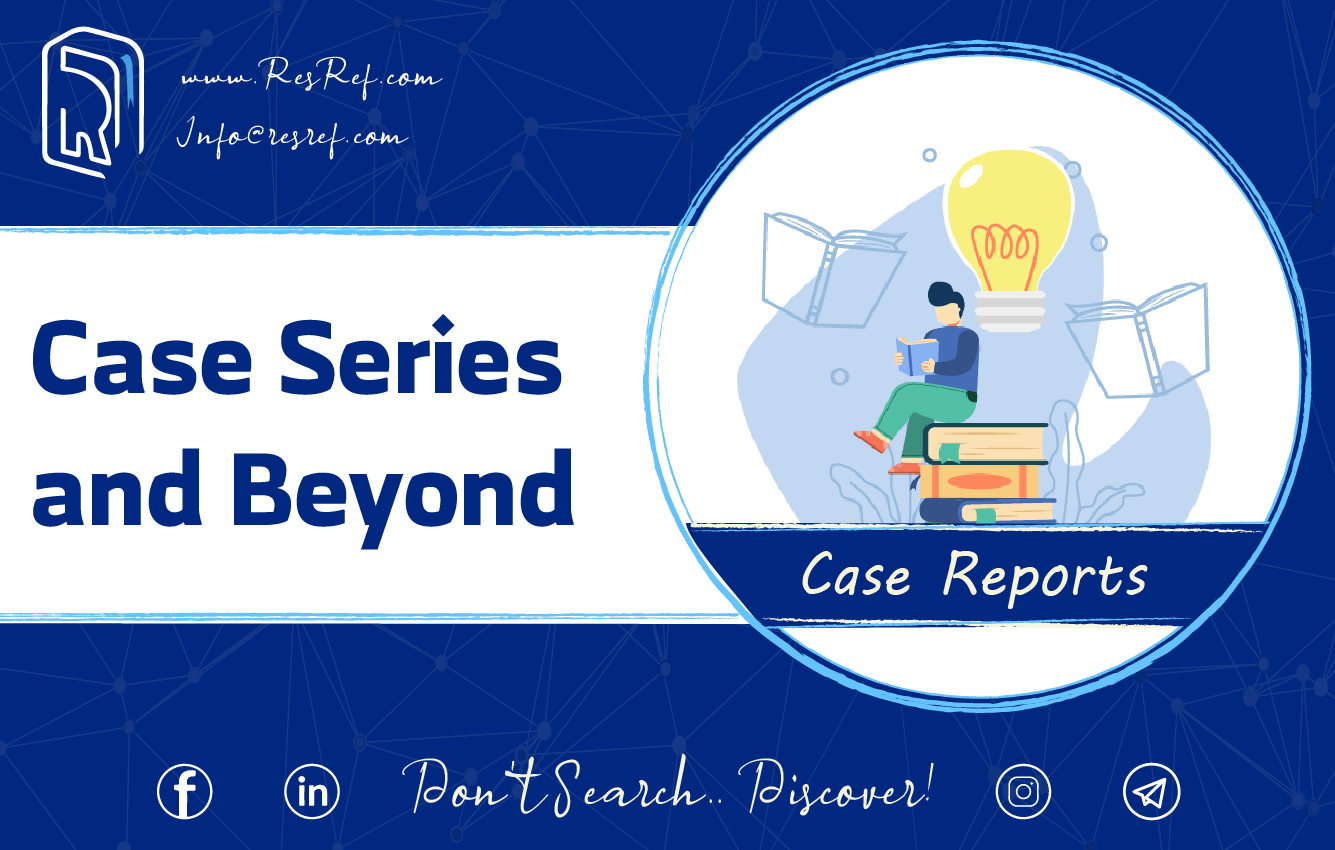
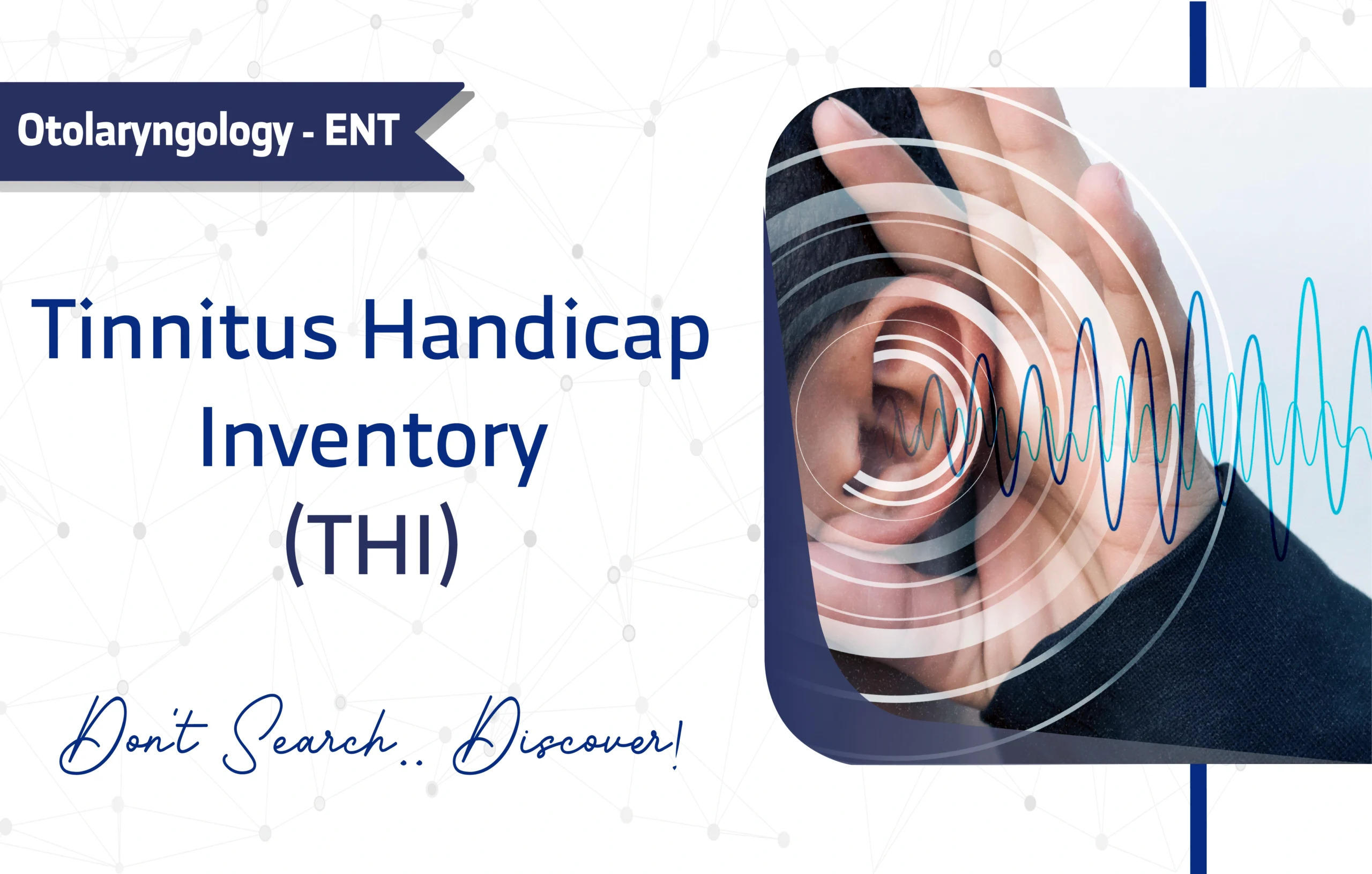
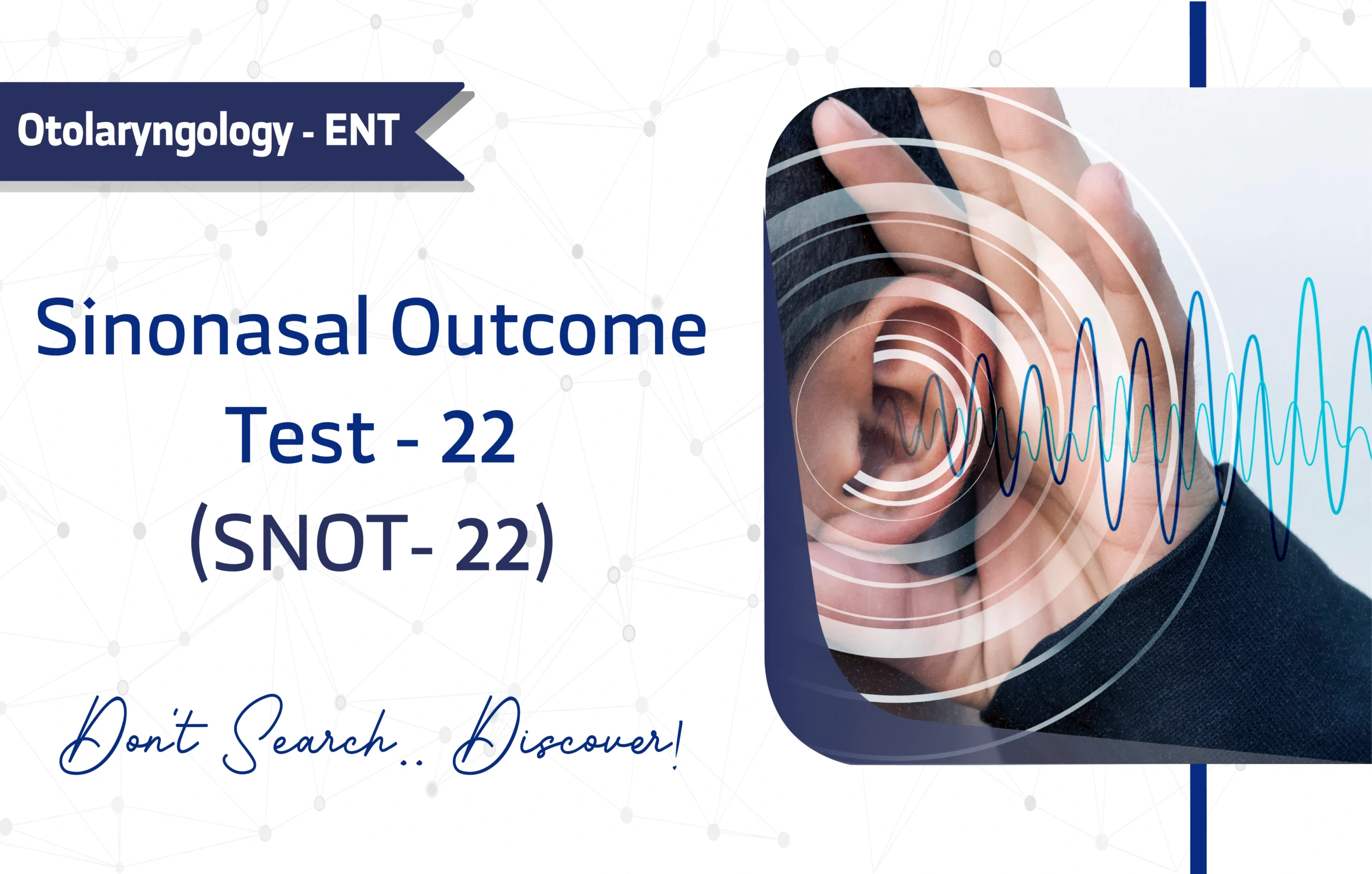
1 thought on “Functional Assessment of Cancer Therapy-Prostate Questionnaire (FACT-P): A Full Guide for Researchers and Clinicians.”
Incredible! i’ve been searching for something similar.
i appreciat the info